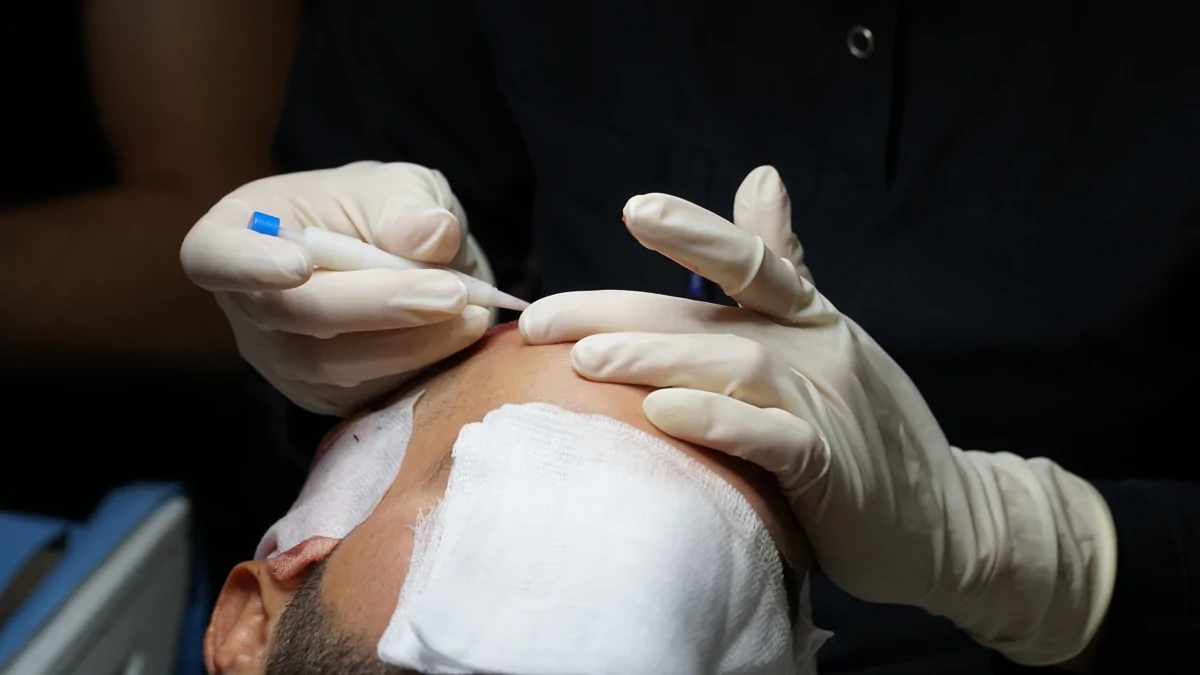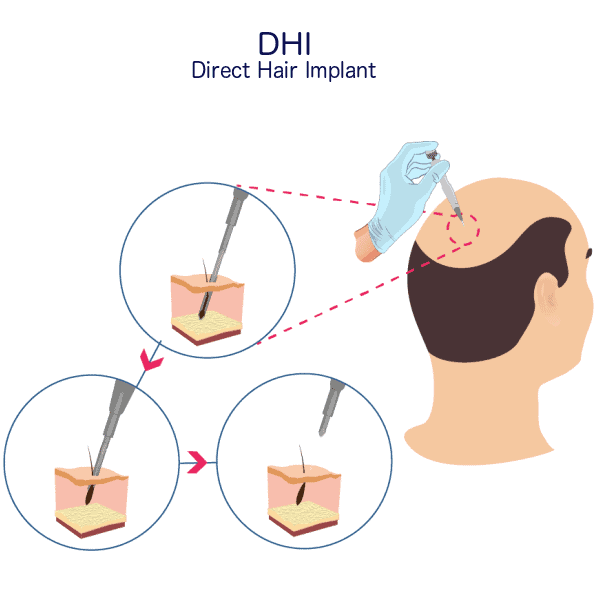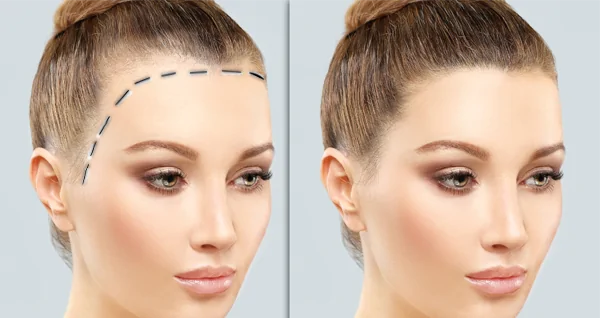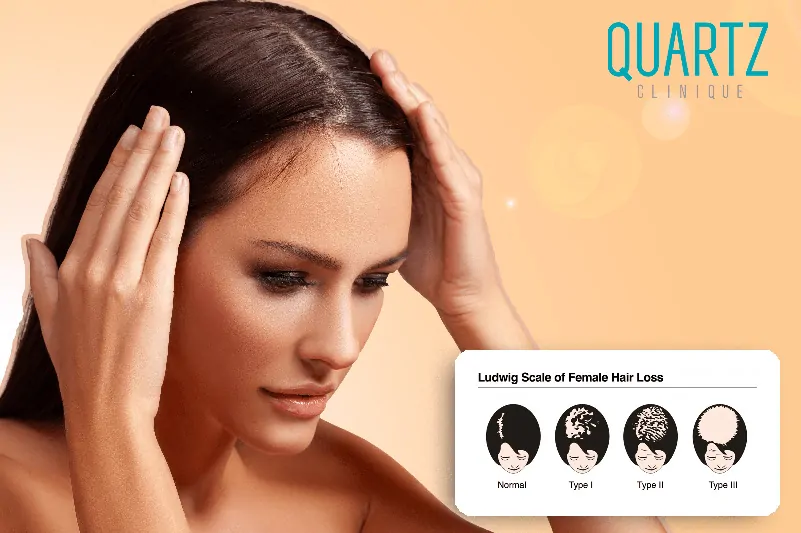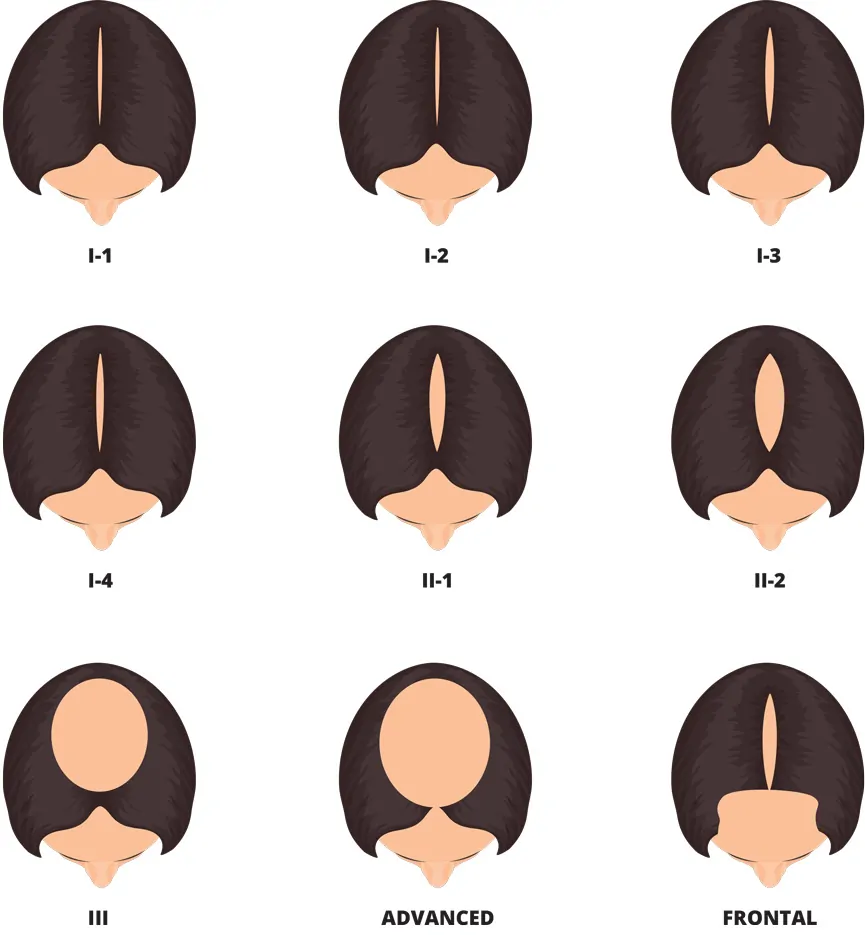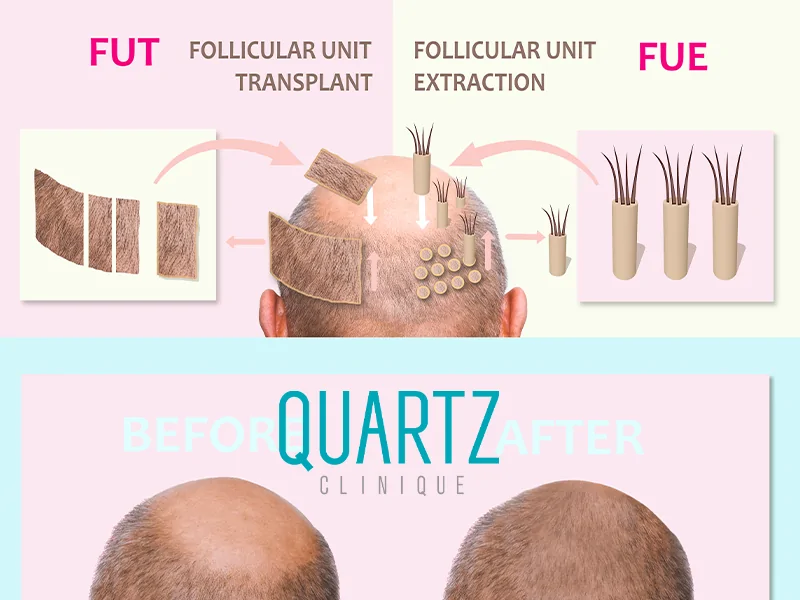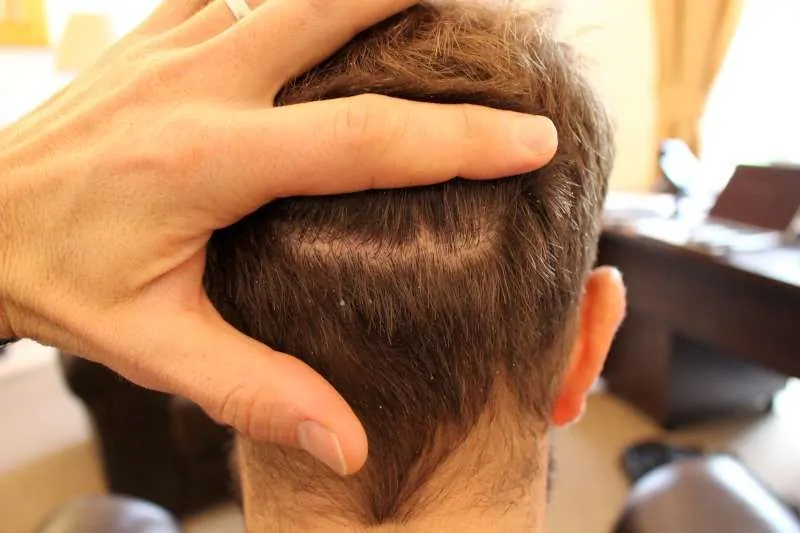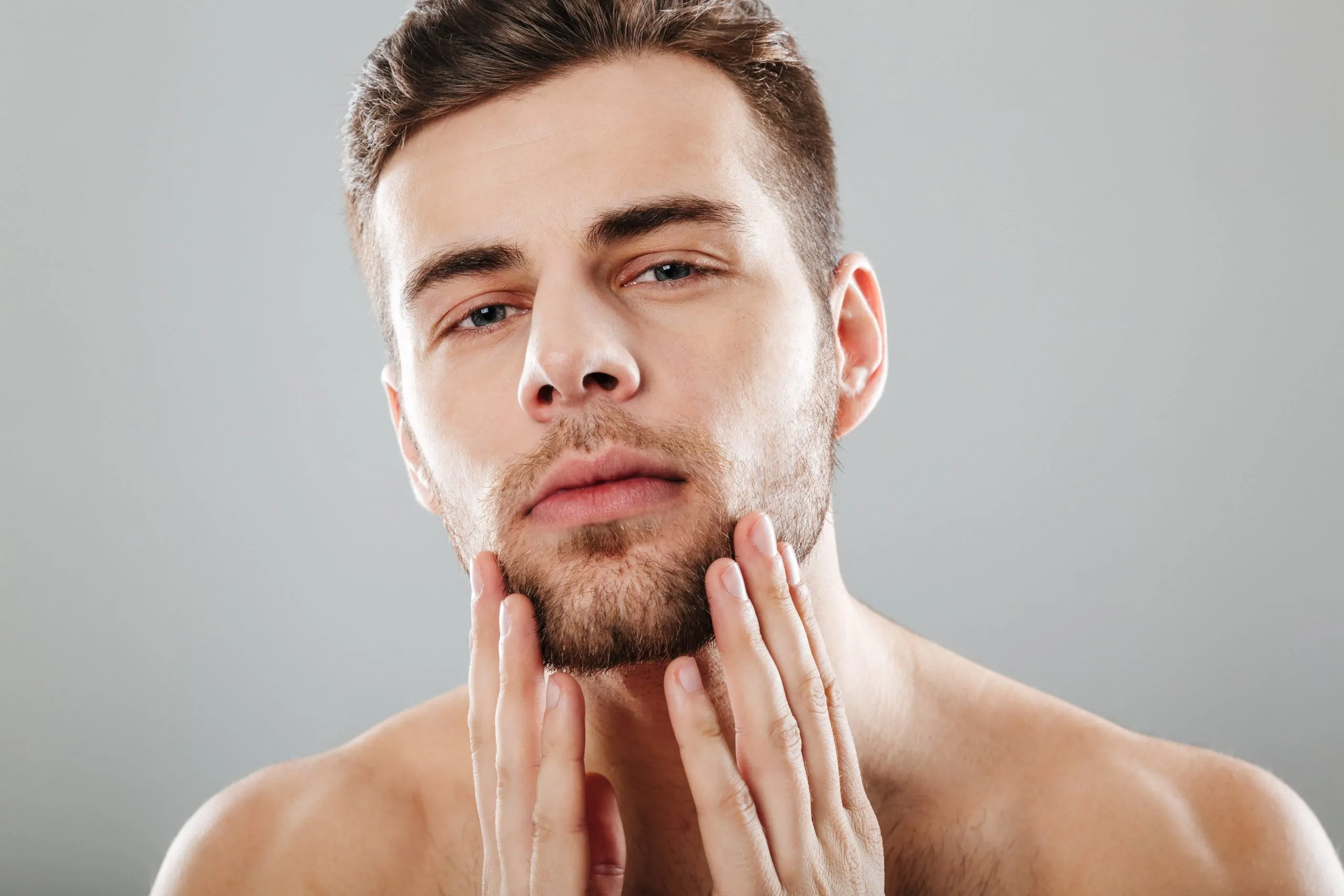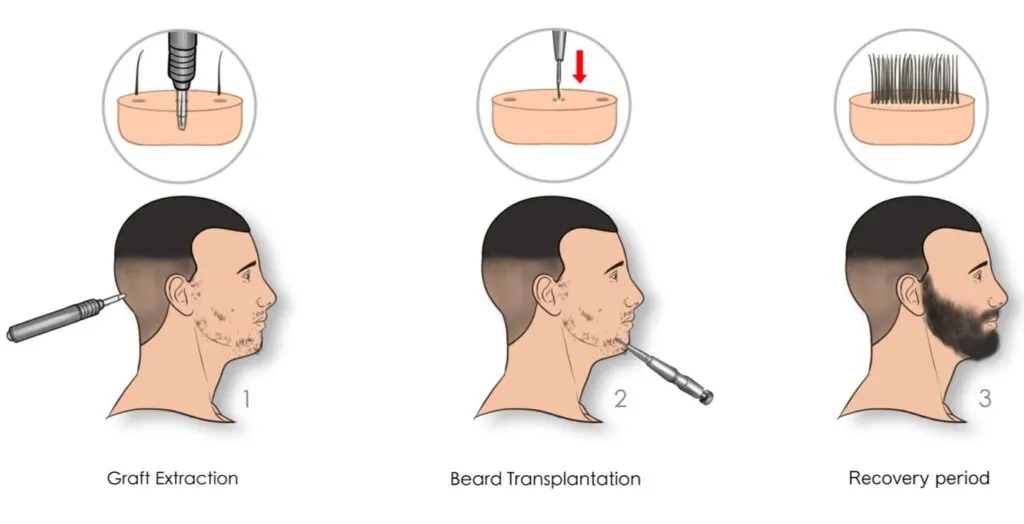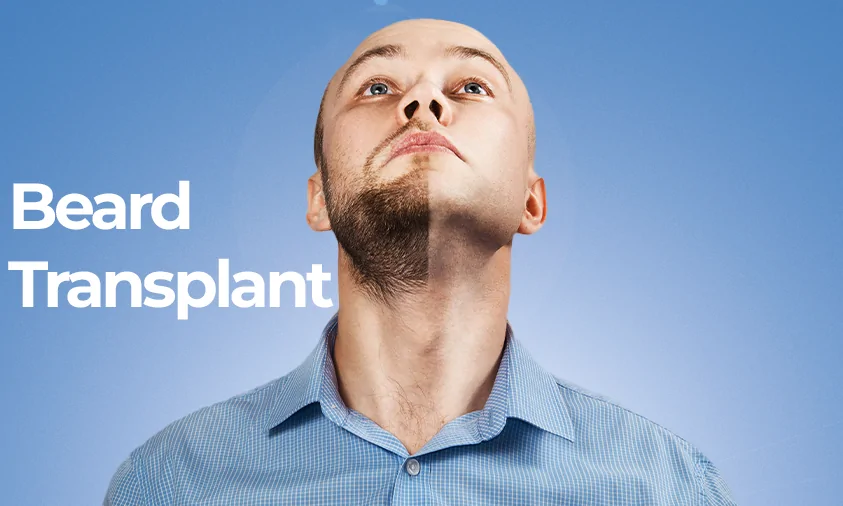
Beard Transplant
Beards have symbolized masculinity, wisdom, and individuality throughout history. For many men, a beard is not just facial hair but an essential part of their personal style and identity. However, not every man can naturally grow a full beard. Genetic factors, hormonal issues, scars, or alopecia may cause patchiness or even complete absence of facial hair.
In such cases, beard transplantation in Turkey – Istanbul offers a reliable, aesthetic, and permanent solution. Turkey has become one of the leading destinations for international patients thanks to its combination of experienced surgeons, advanced techniques, luxury clinics, and competitive costs.
What is a Beard Transplant?
A beard transplant is a microsurgical procedure in which healthy hair follicles are transplanted into the beard area. The donor hair is usually taken from the back of the scalp, which is genetically resistant to hair loss. Using the advanced FUE technique (Follicular Unit Extraction), the follicles are placed one by one into the beard region, ensuring natural direction and density.
Techniques Used in Beard Transplant
| Technique | How It Works | Pros & Cons |
|---|---|---|
| FUT (Follicular Unit Transplantation) | A strip of skin is removed from the scalp, dissected into grafts, and transplanted into the beard area. | ✔️ High number of grafts possible ❌ Leaves a linear scar, more invasive |
| FUE (Follicular Unit Extraction) | Individual follicles are extracted with a micro-punch and directly implanted into the beard area. | ✔️ No visible scars, natural results ✔️ Minimally invasive, faster healing ❌ Takes longer to perform |
In Istanbul, the FUE method is the preferred standard, as it ensures minimally invasive surgery with the most natural outcomes.
How is the Procedure Performed?
- Consultation: A personalized beard design is created after medical evaluation.
- Preparation: Patients may be asked to stop certain medications; hygiene instructions are provided.
- Local Anesthesia: Ensures a pain-free experience during surgery.
- Harvesting Donor Hair: Follicles are collected from the scalp (usually the back of the head).
- Implantation: Each follicle is inserted into the beard area at the correct angle.
- Aftercare: Patients receive detailed post-operative instructions for optimal recovery.
The surgery lasts 4–6 hours depending on the number of grafts required. It is done under outpatient conditions, and patients return to their hotel the same day.
Recovery Timeline
- Days 1–3: Mild swelling, redness, and sensitivity.
- Day 7: Crusts and scabs begin to fall off naturally.
- Weeks 2–3: Transplanted hairs shed (shock loss – normal phase).
- Month 3–4: New beard growth starts, though initially uneven.
- Month 6–12: Final density and natural results appear.
Benefits of Beard Transplant in Istanbul
- Permanent & Natural Results – Follicles grow like natural beard hair.
- Luxury Clinic Comfort – Procedure performed under international medical standards.
- Experienced Surgeons – Decades of expertise in hair and beard transplantation.
- Improved Confidence – A full, dense beard enhances appearance and self-esteem.
- Medical Tourism Services – VIP transfer, hotel accommodation, and interpreter support for international patients.
Frequently Asked Questions (FAQ)
How long does recovery take?
Most patients return to their normal routine in about a week, while full beard results are seen within 6–12 months.
Is the procedure painful?
No. The procedure is done under local anesthesia, making it pain-free. Mild discomfort after surgery is temporary.
How many grafts are needed for a beard transplant?
Depending on the area and desired density, 2,000–5,000 grafts may be required.
Why choose Turkey for a beard transplant?
Istanbul has become a global hub thanks to skilled surgeons, advanced clinics, affordable treatment plans, and comprehensive patient services.
Why Choose Our Clinic in Istanbul?
Our Istanbul-based clinic combines 25+ years of medical expertise with luxury healthcare standards. Each patient receives:
- Doctor-supervised treatment,
- Interpreter services,
- 4–5 star hotel accommodation,
- VIP transfers,
- 24/7 aftercare support.
Patients from across Europe and the Middle East prefer our clinic for natural, permanent, and confidence-boosting results.

